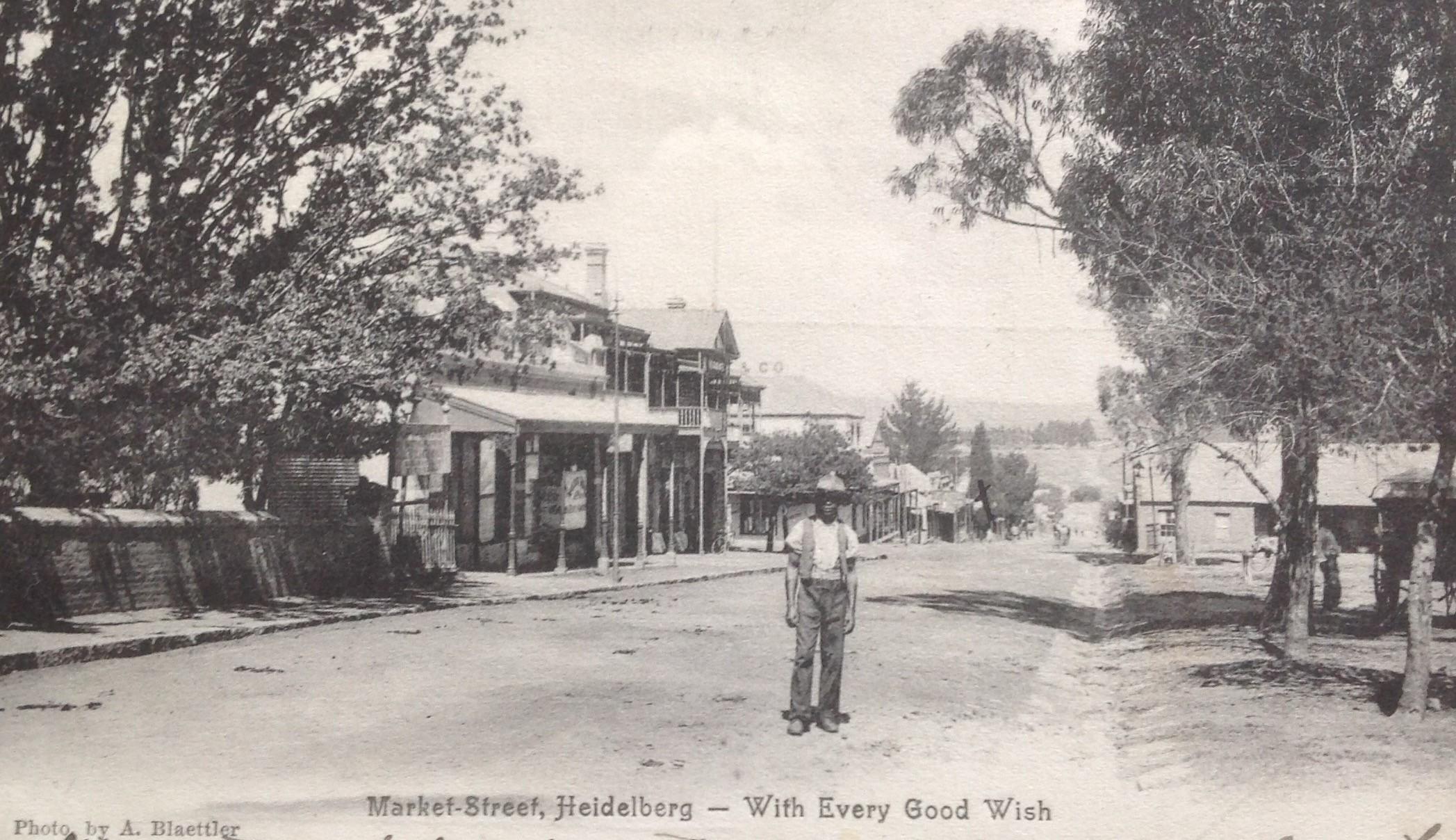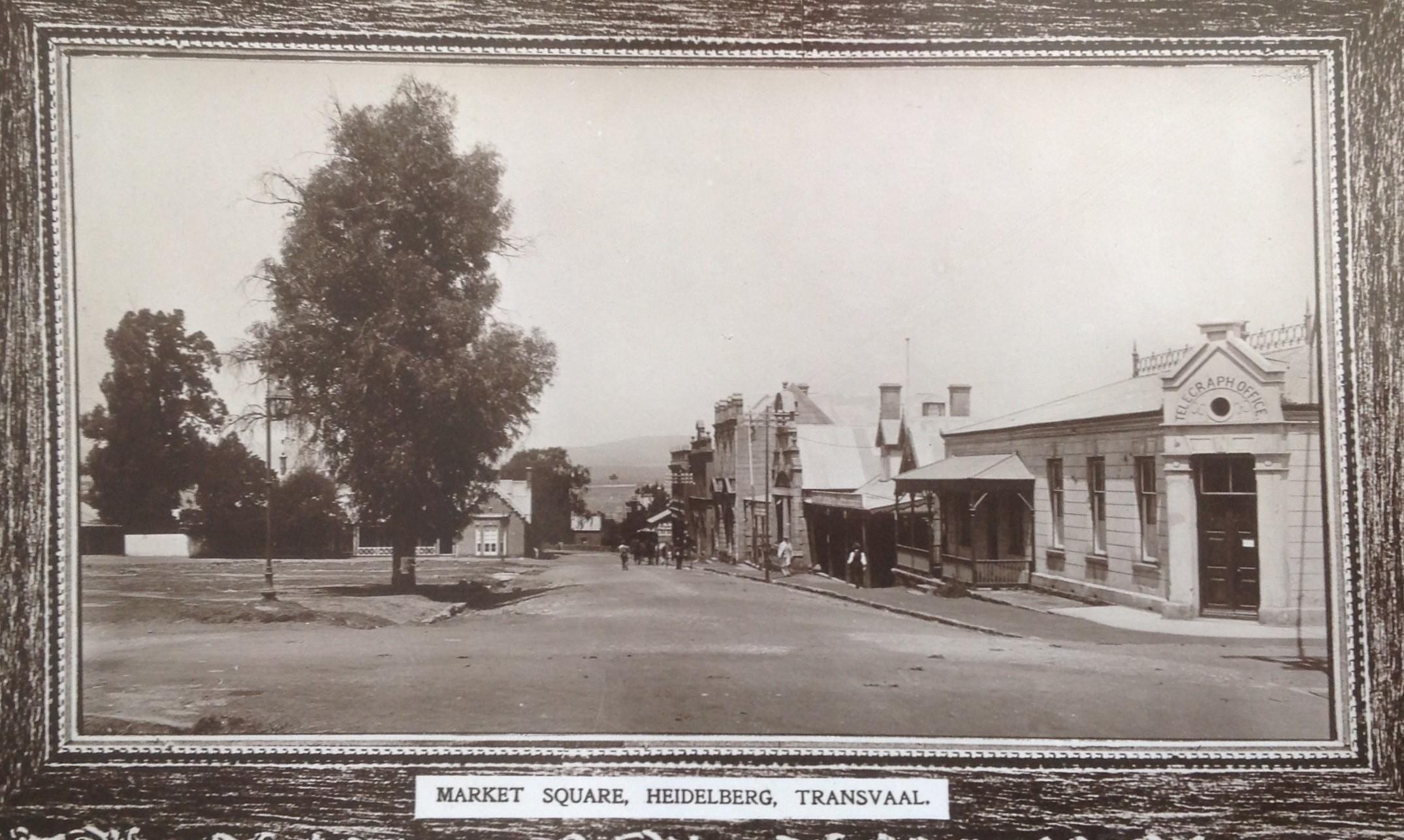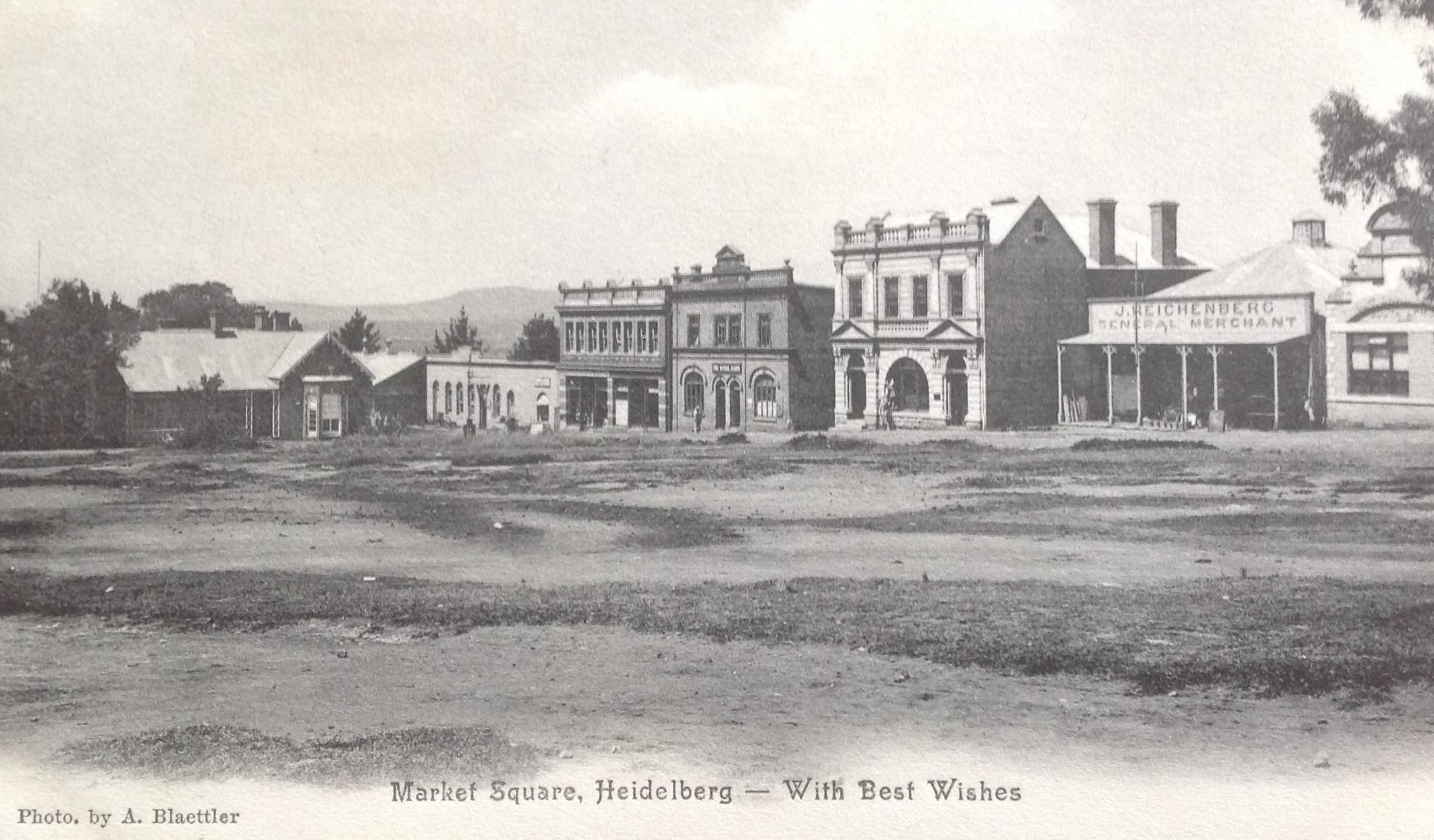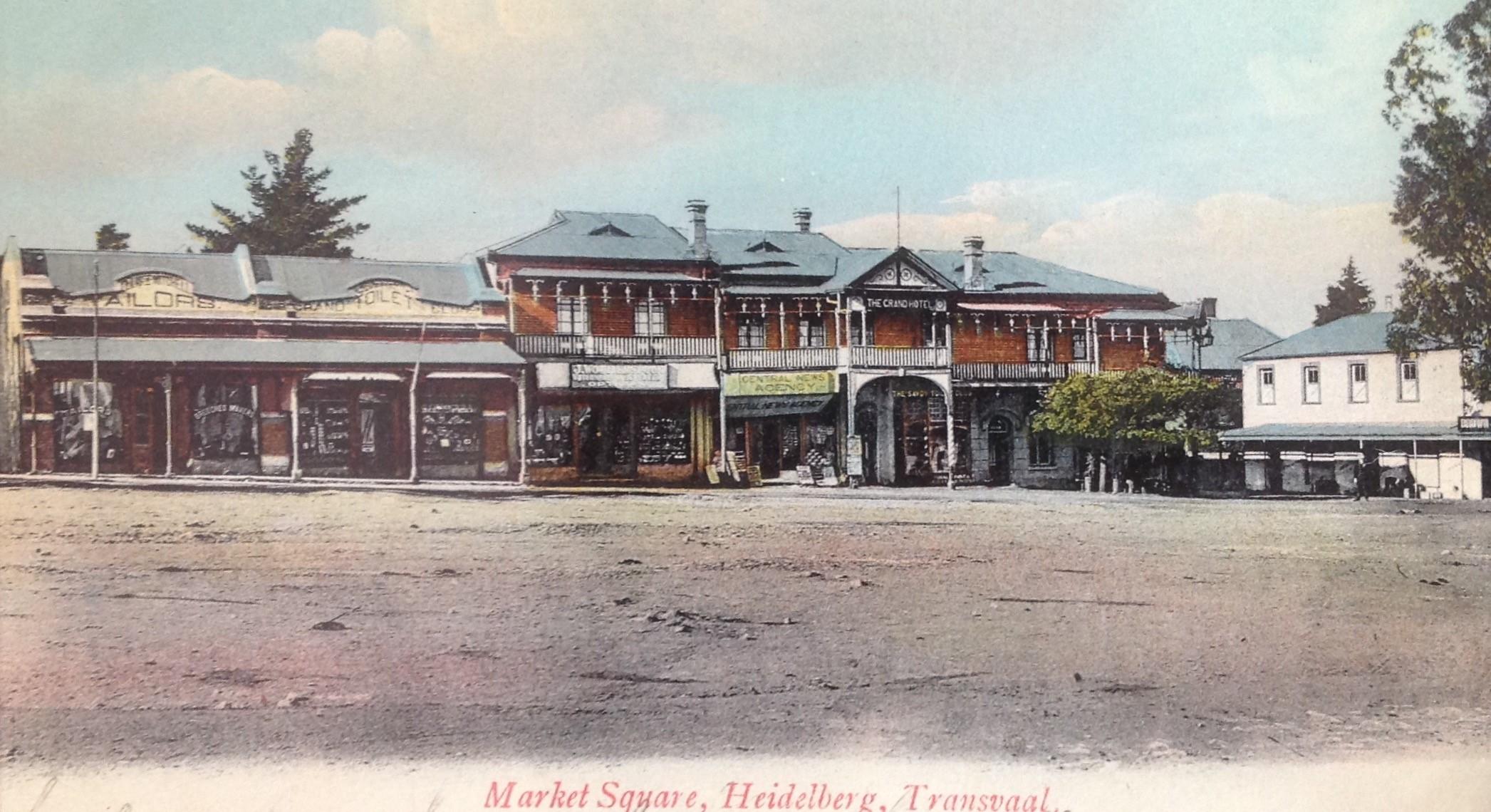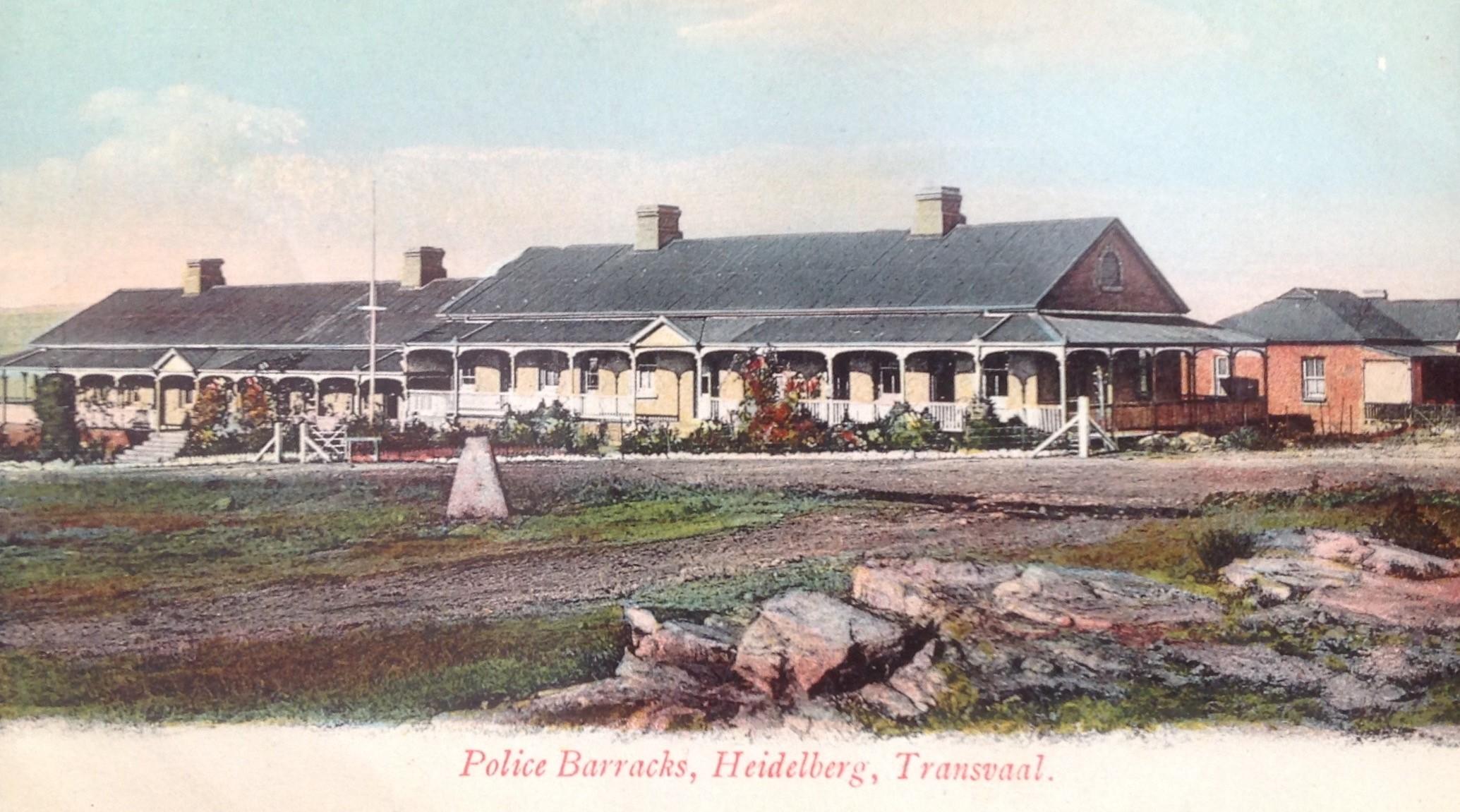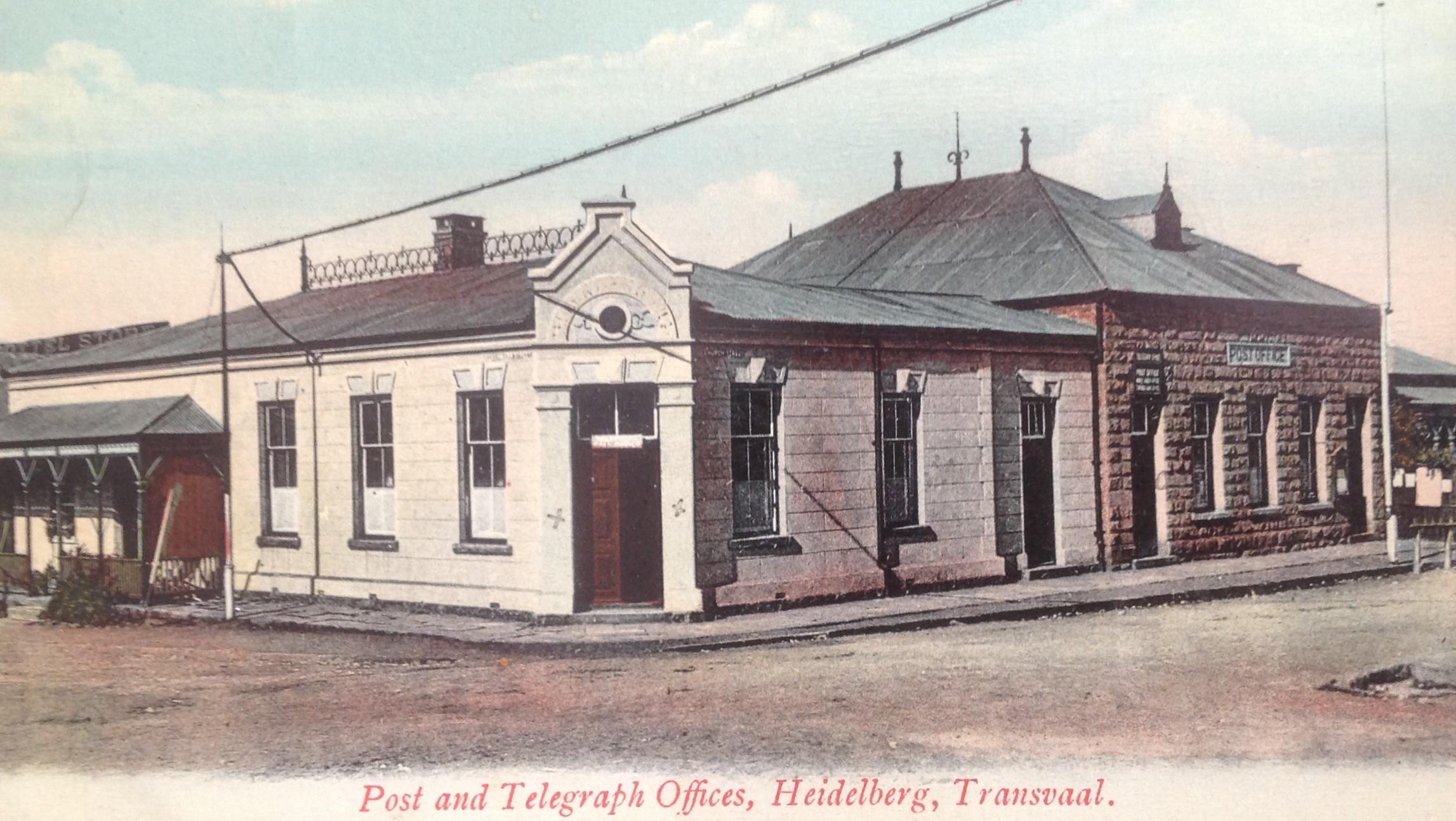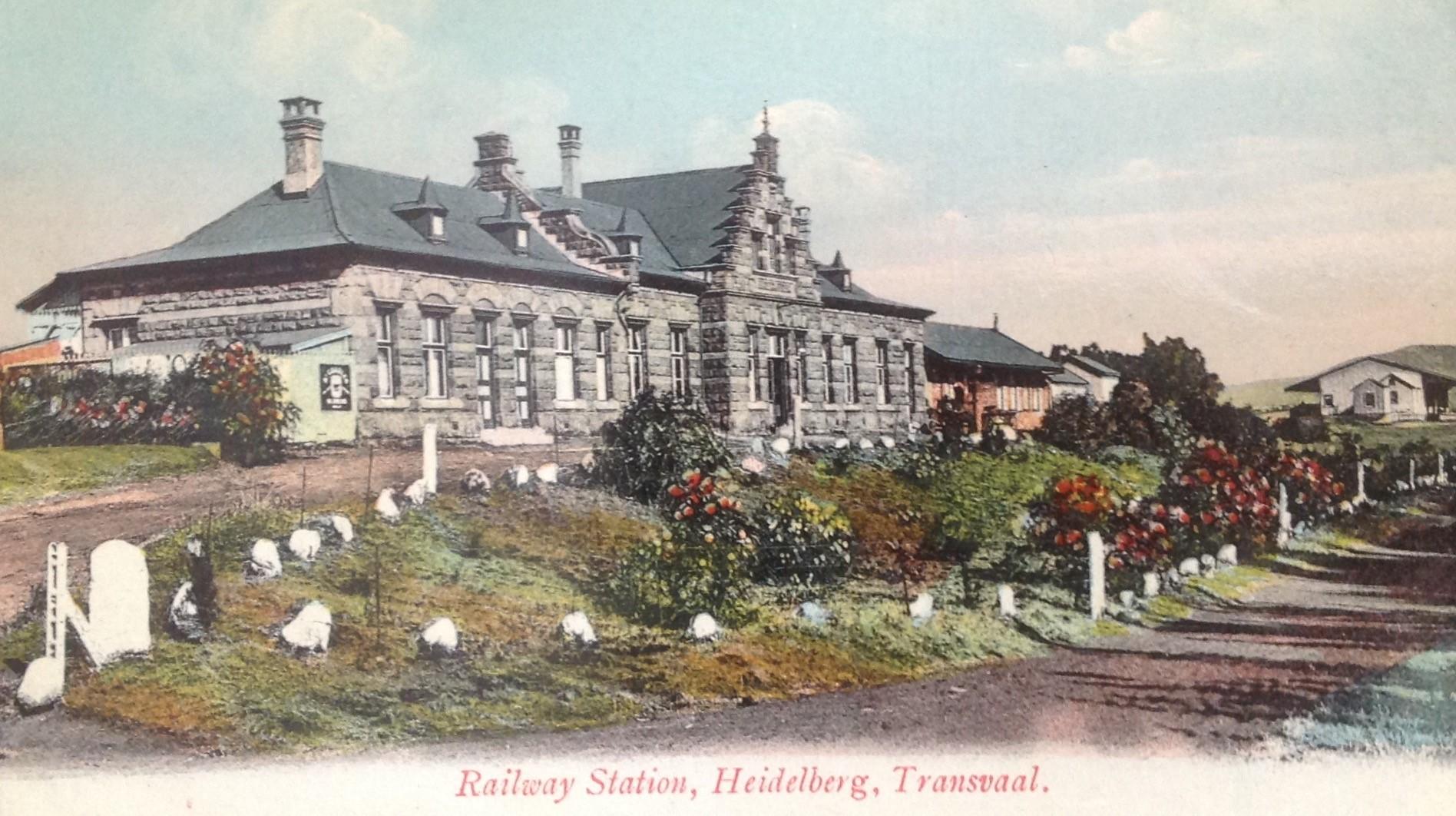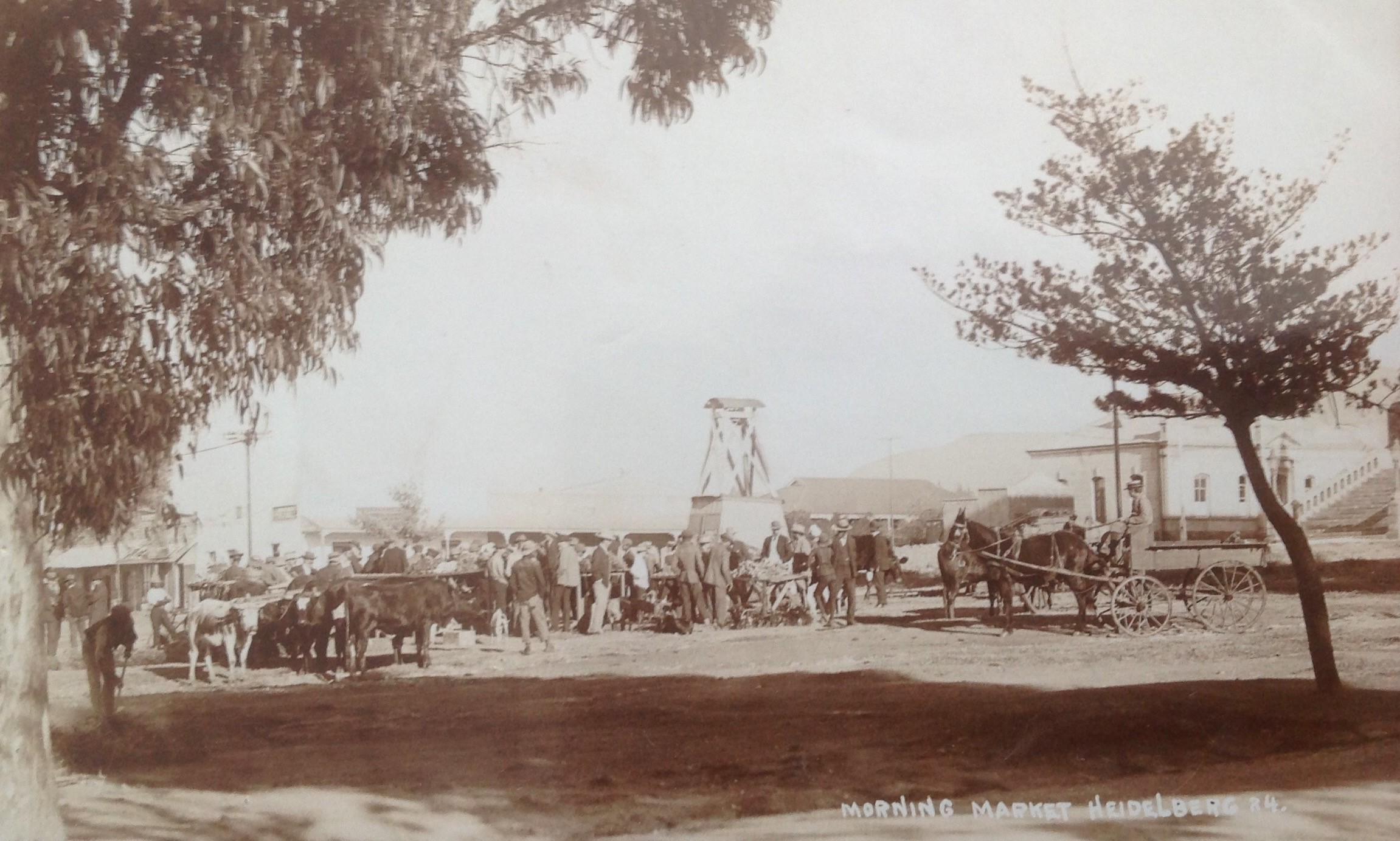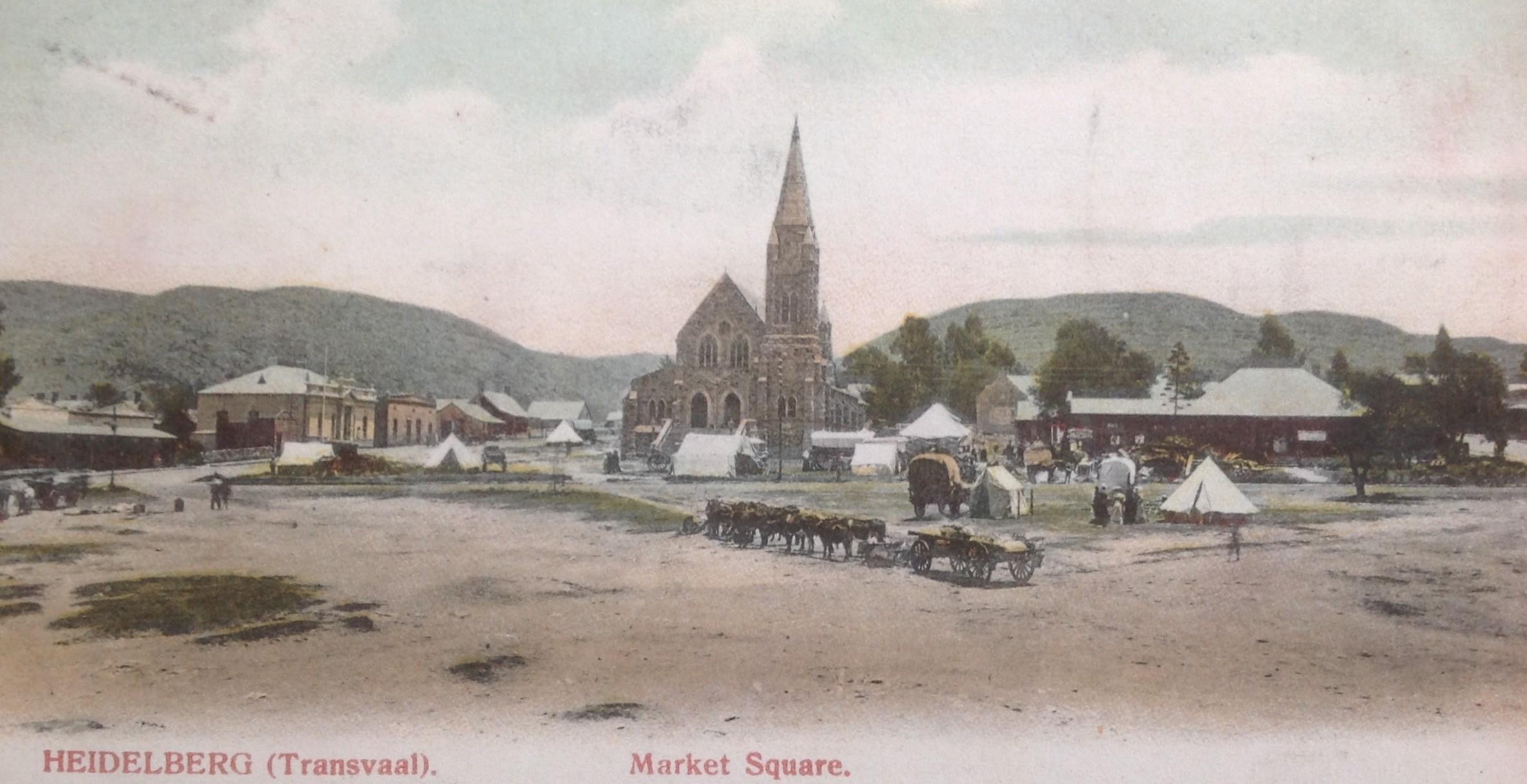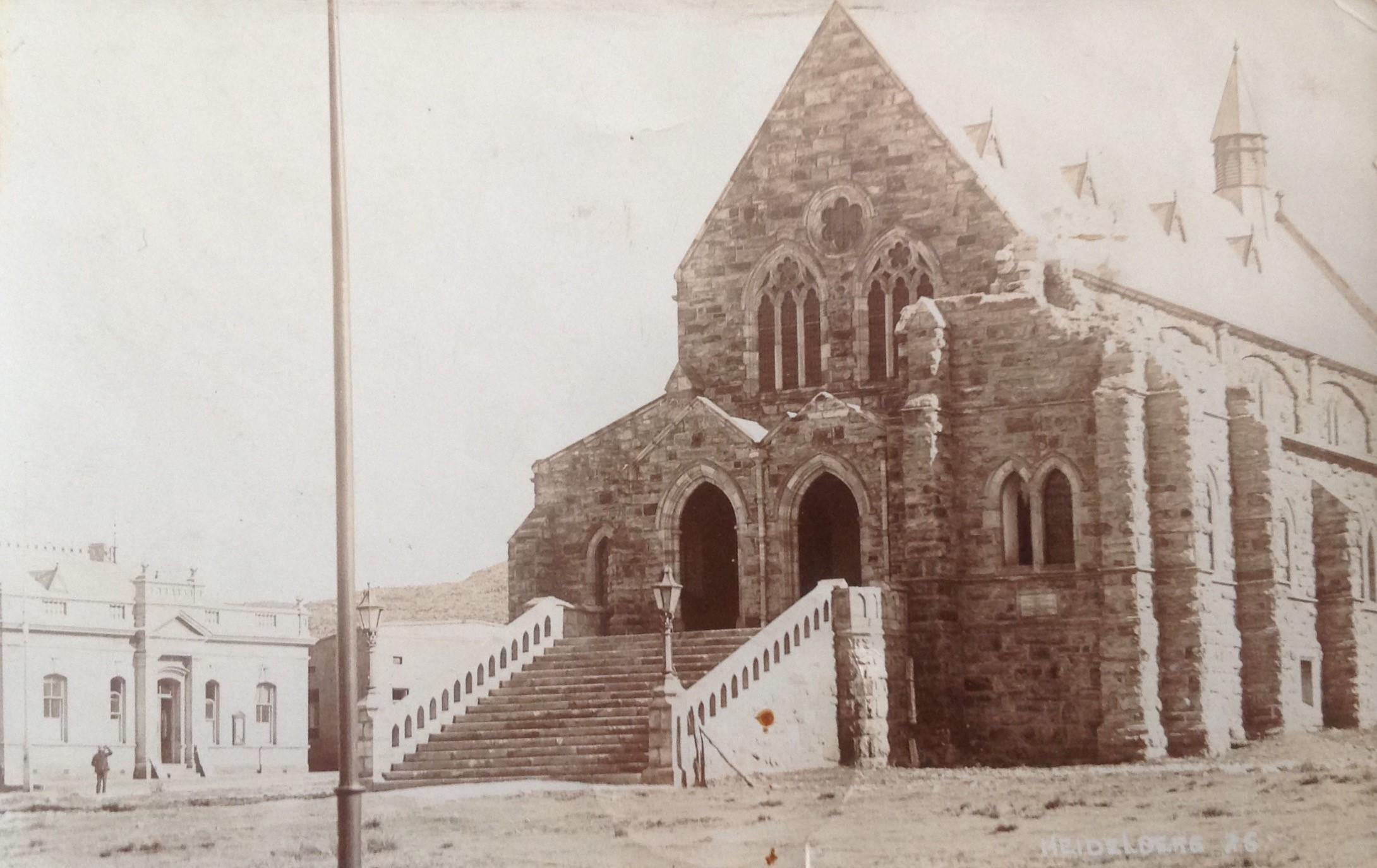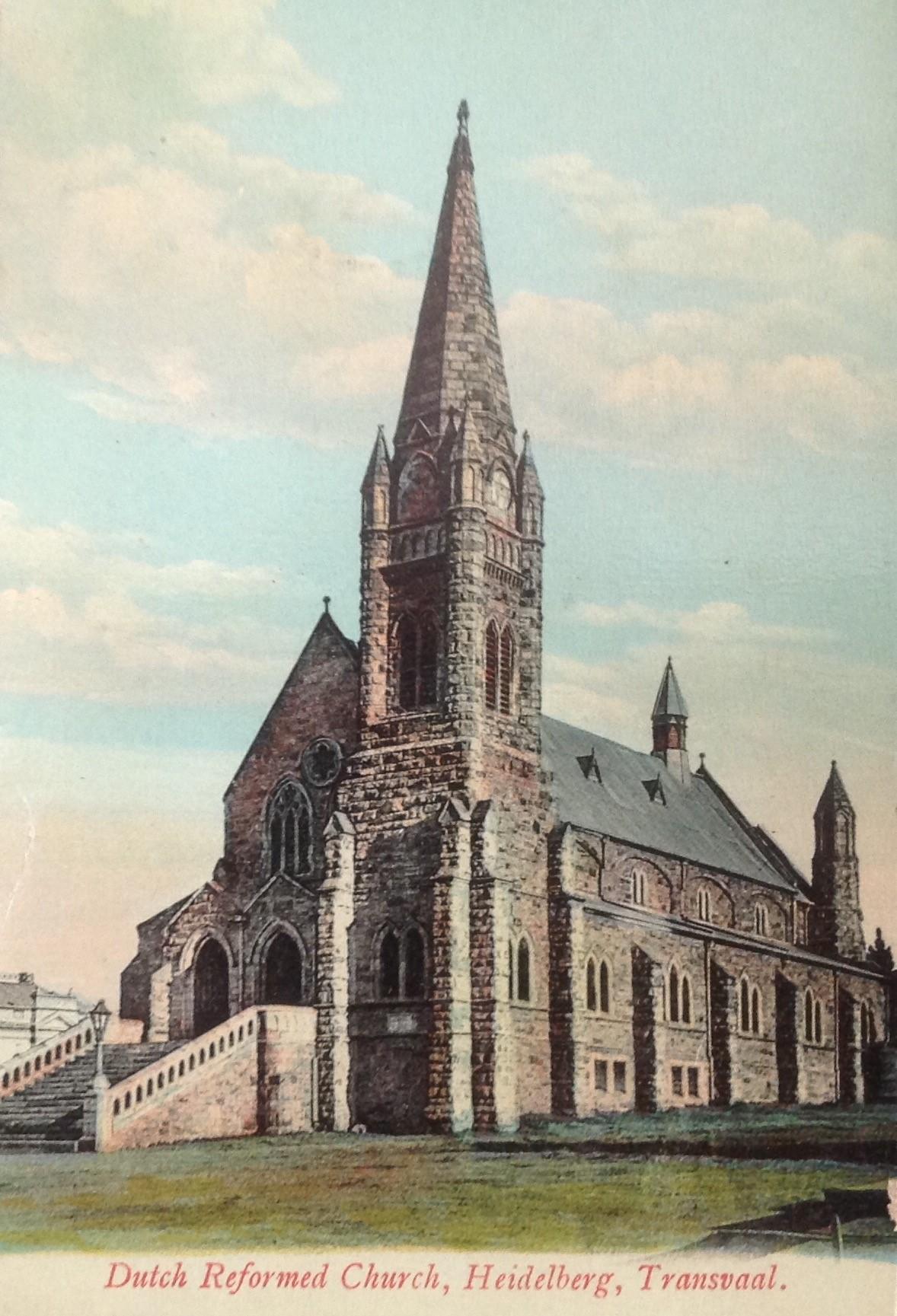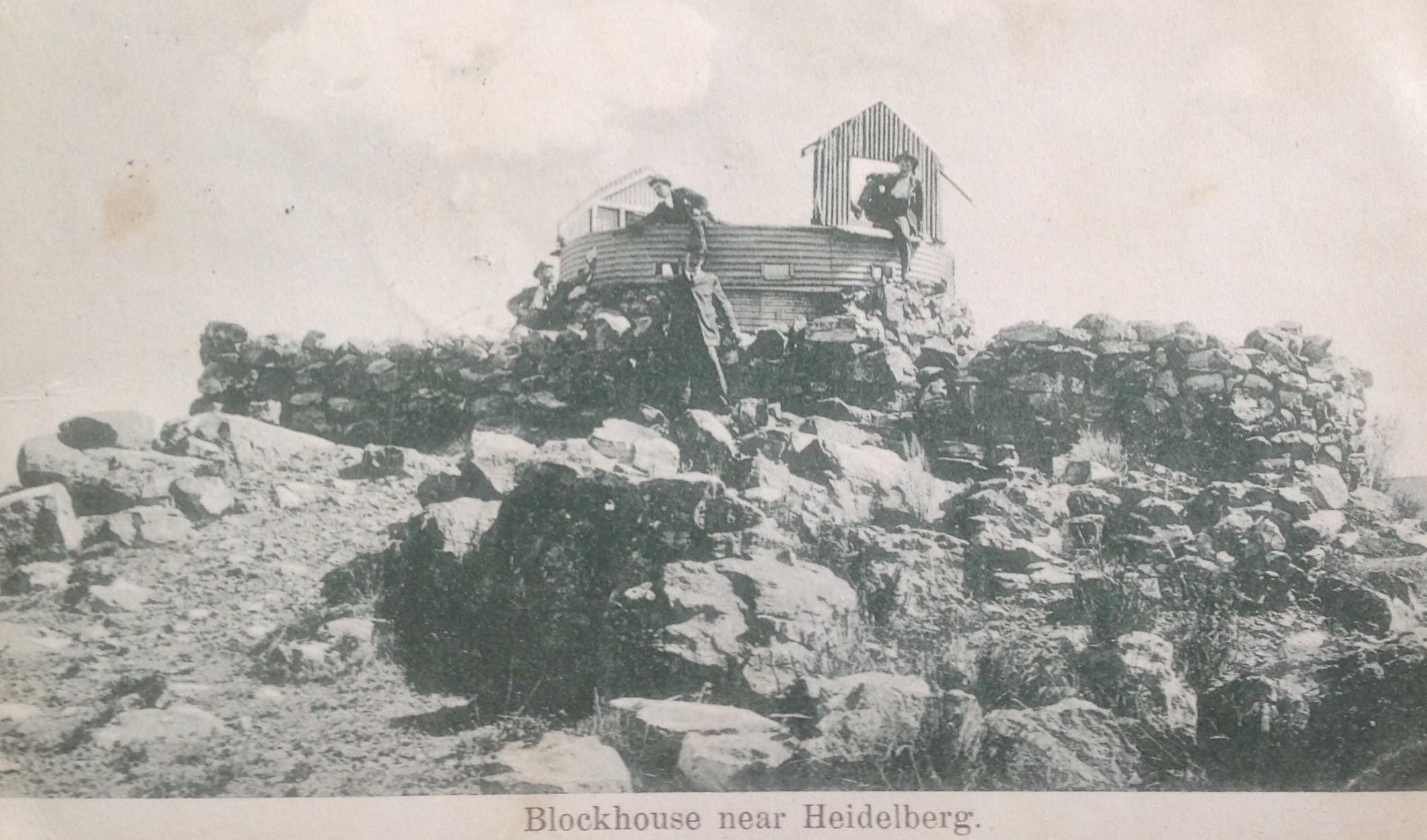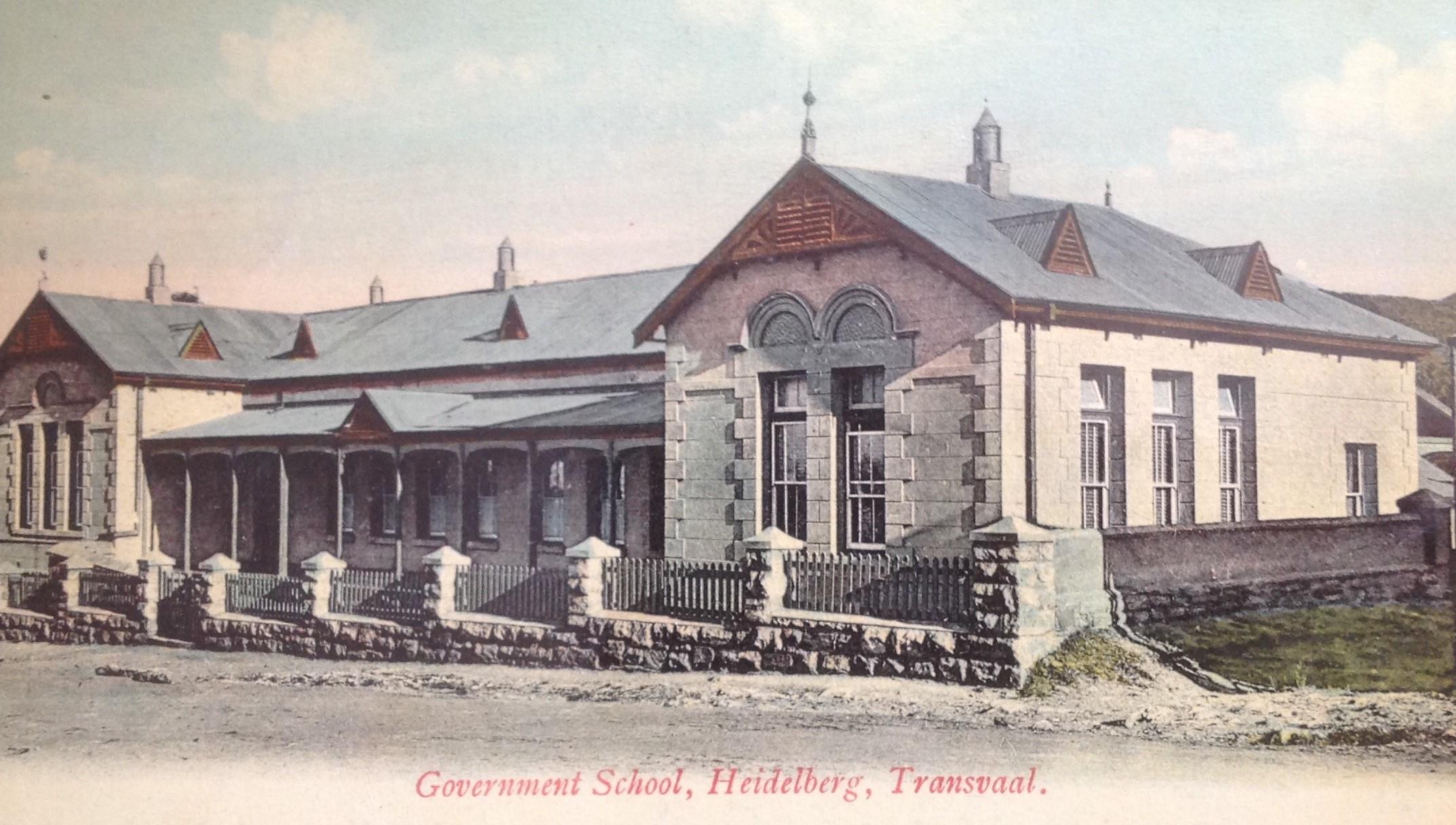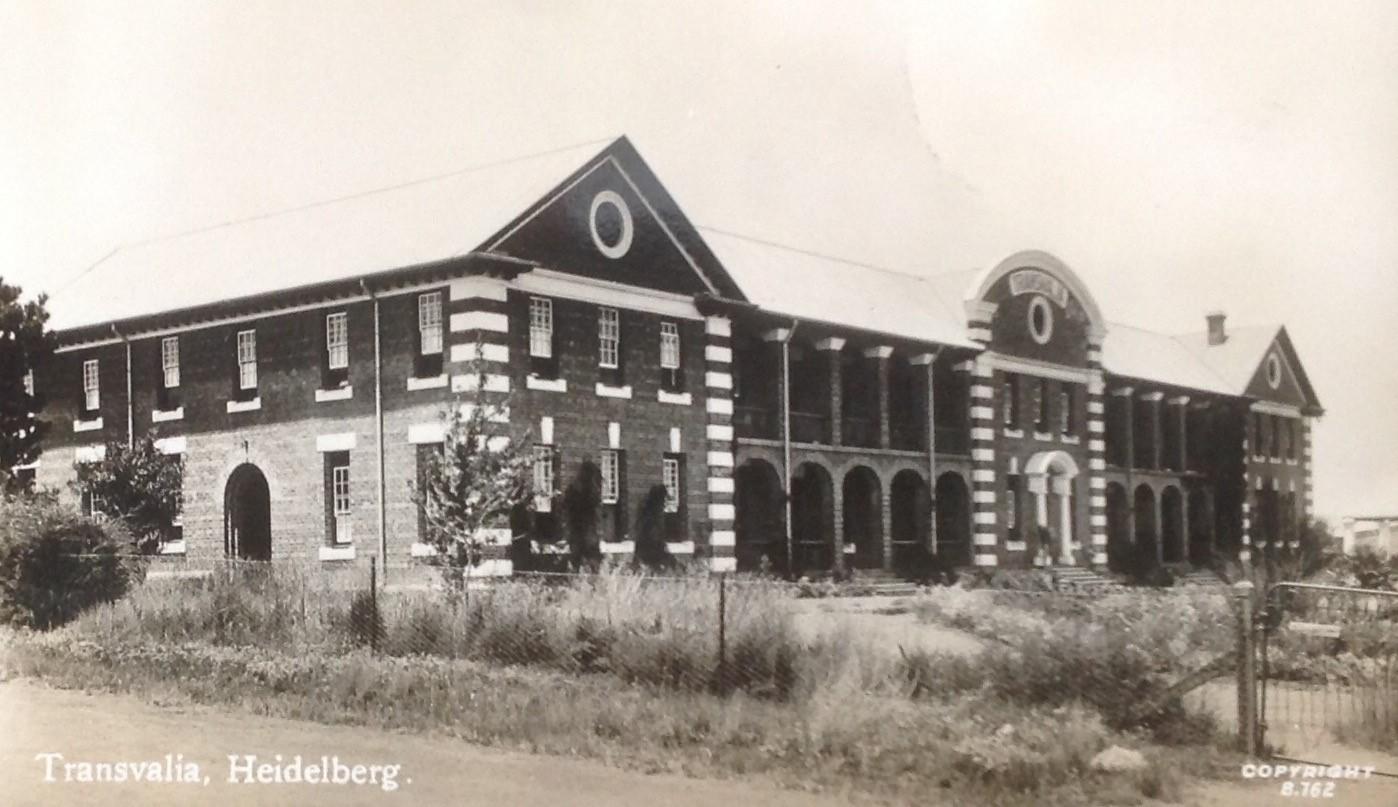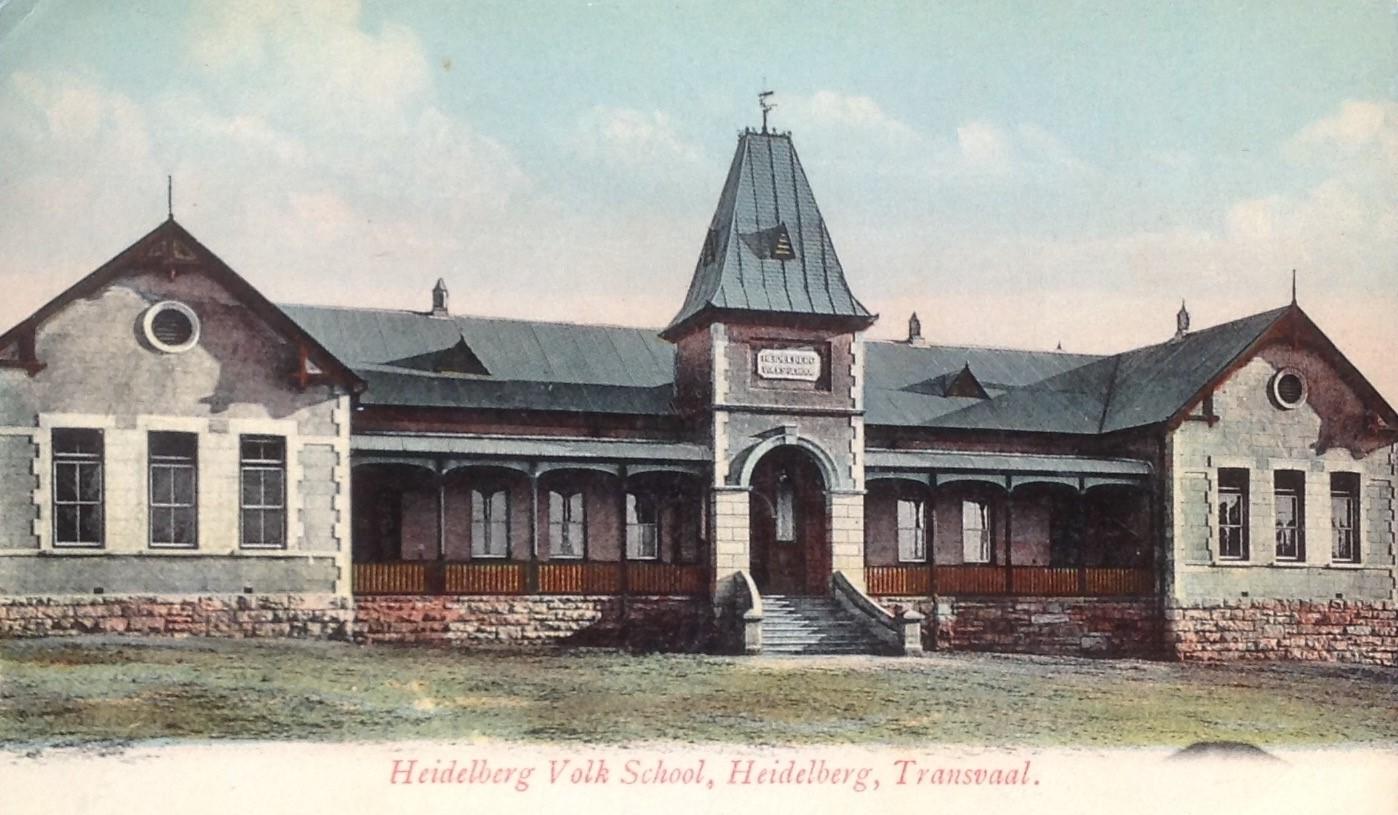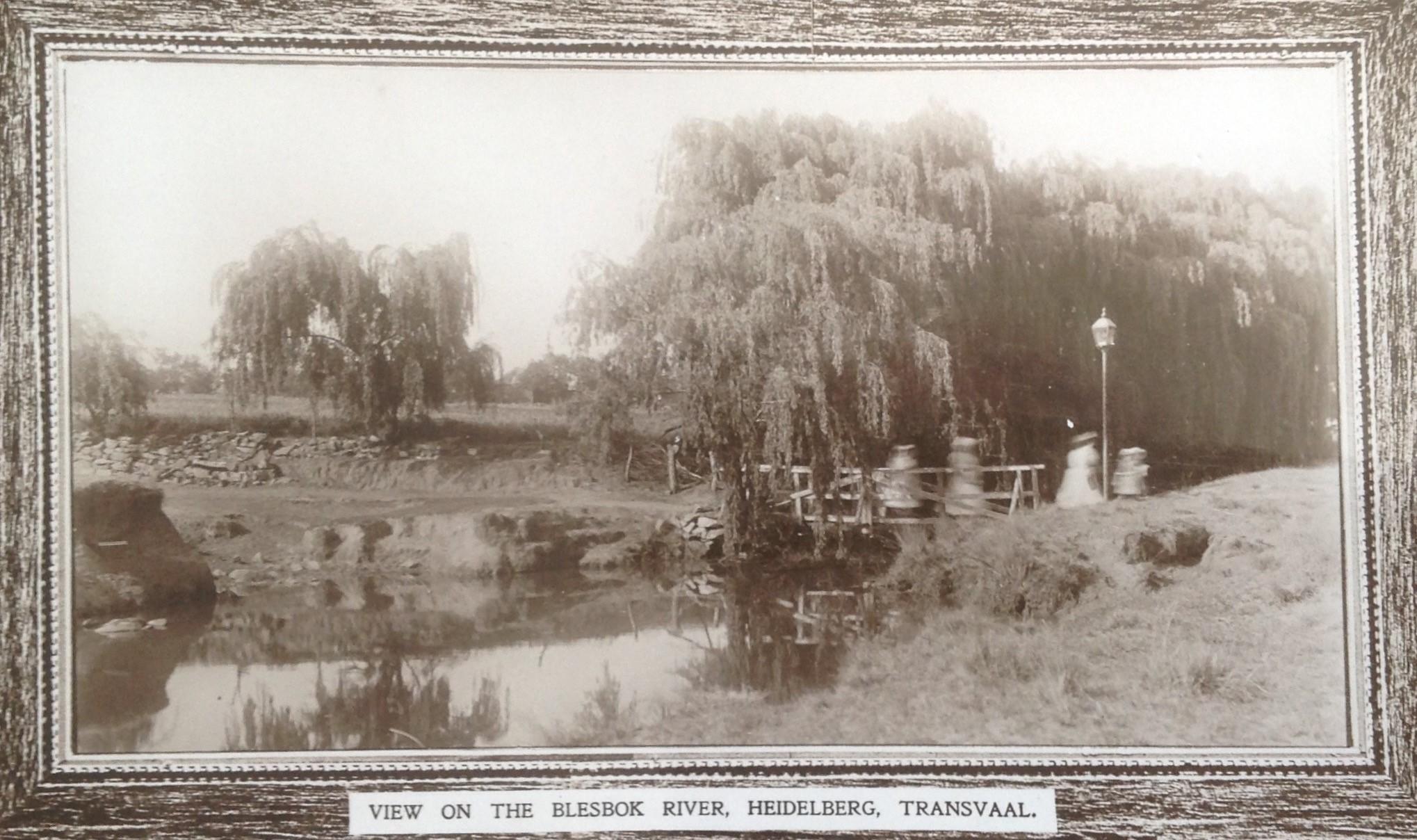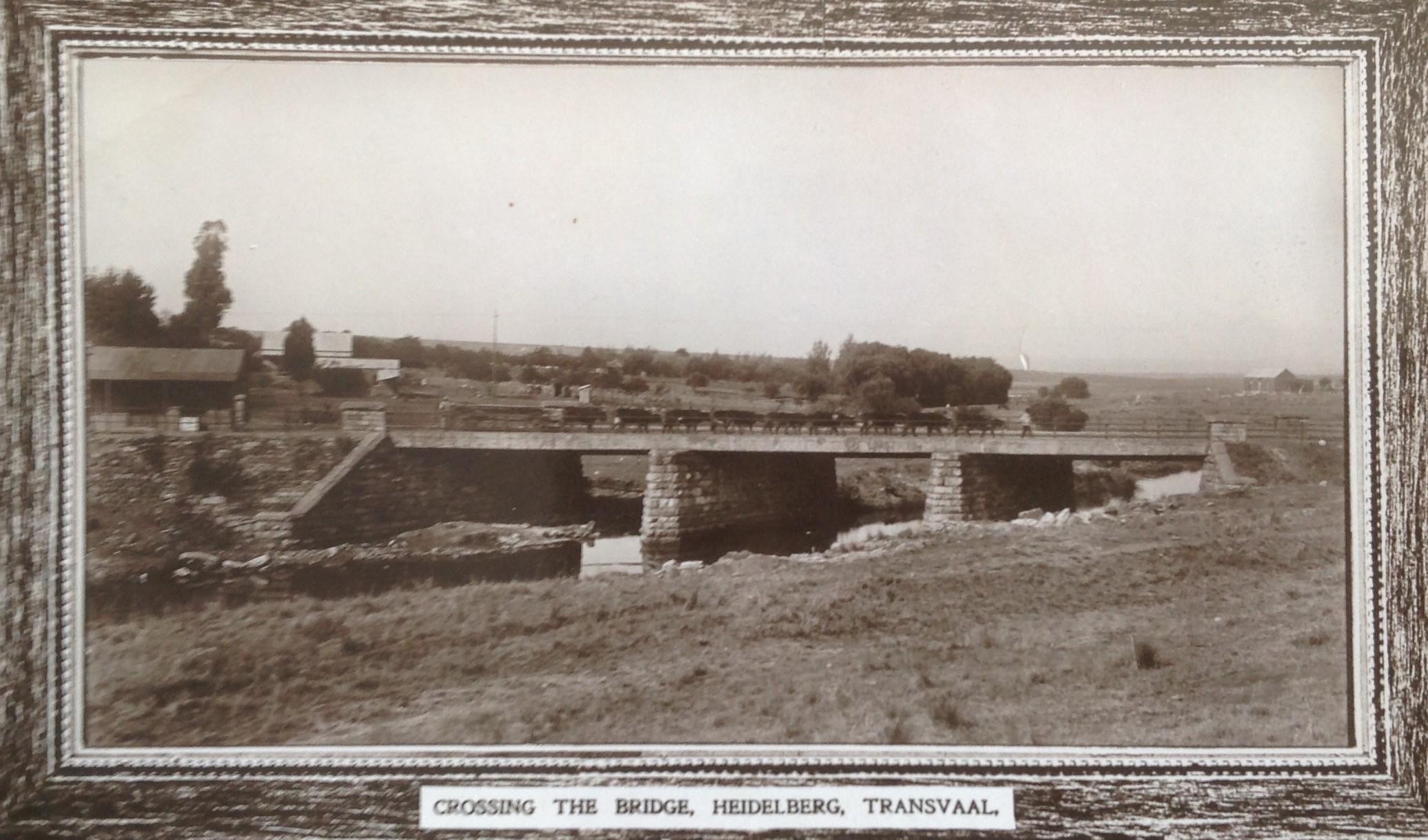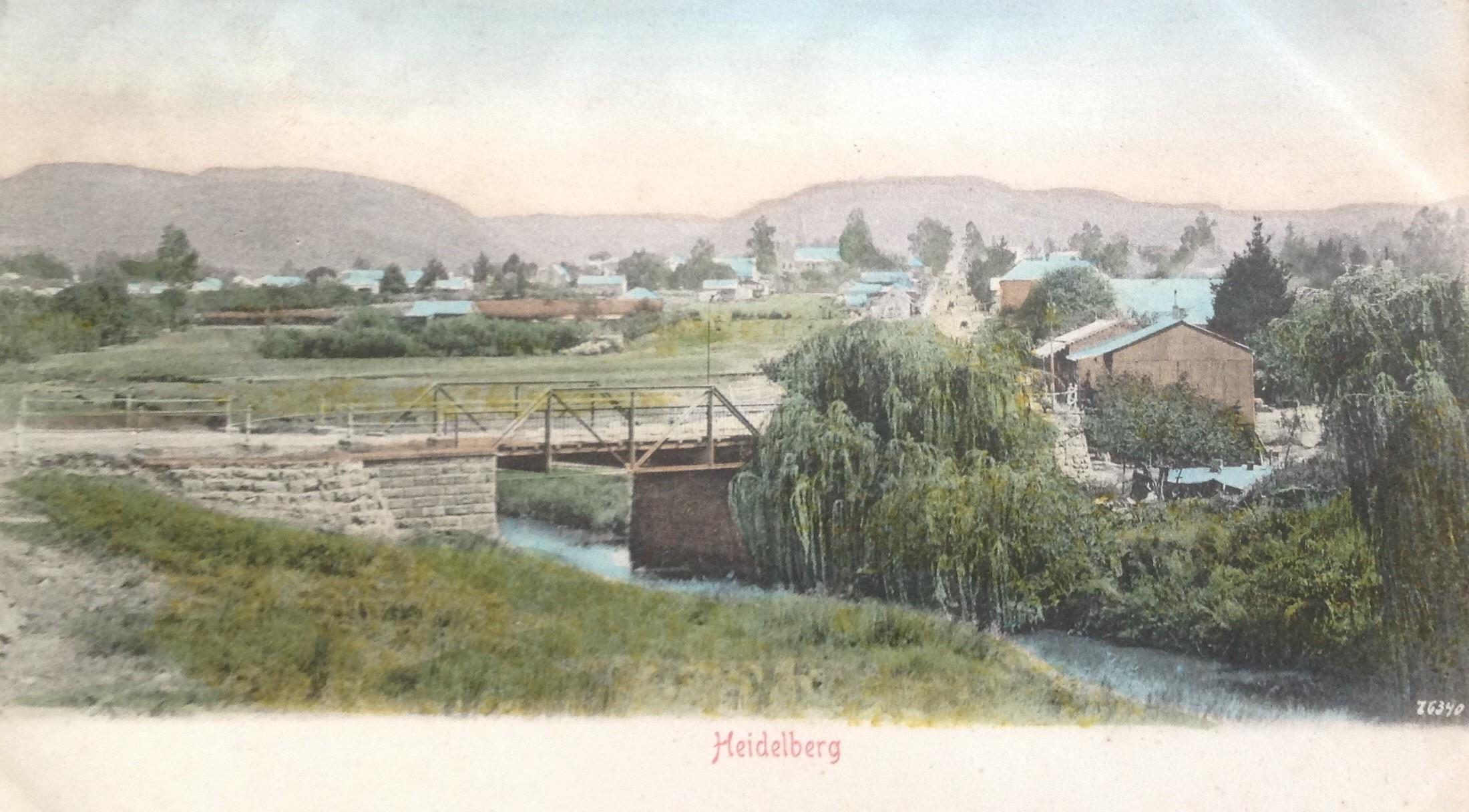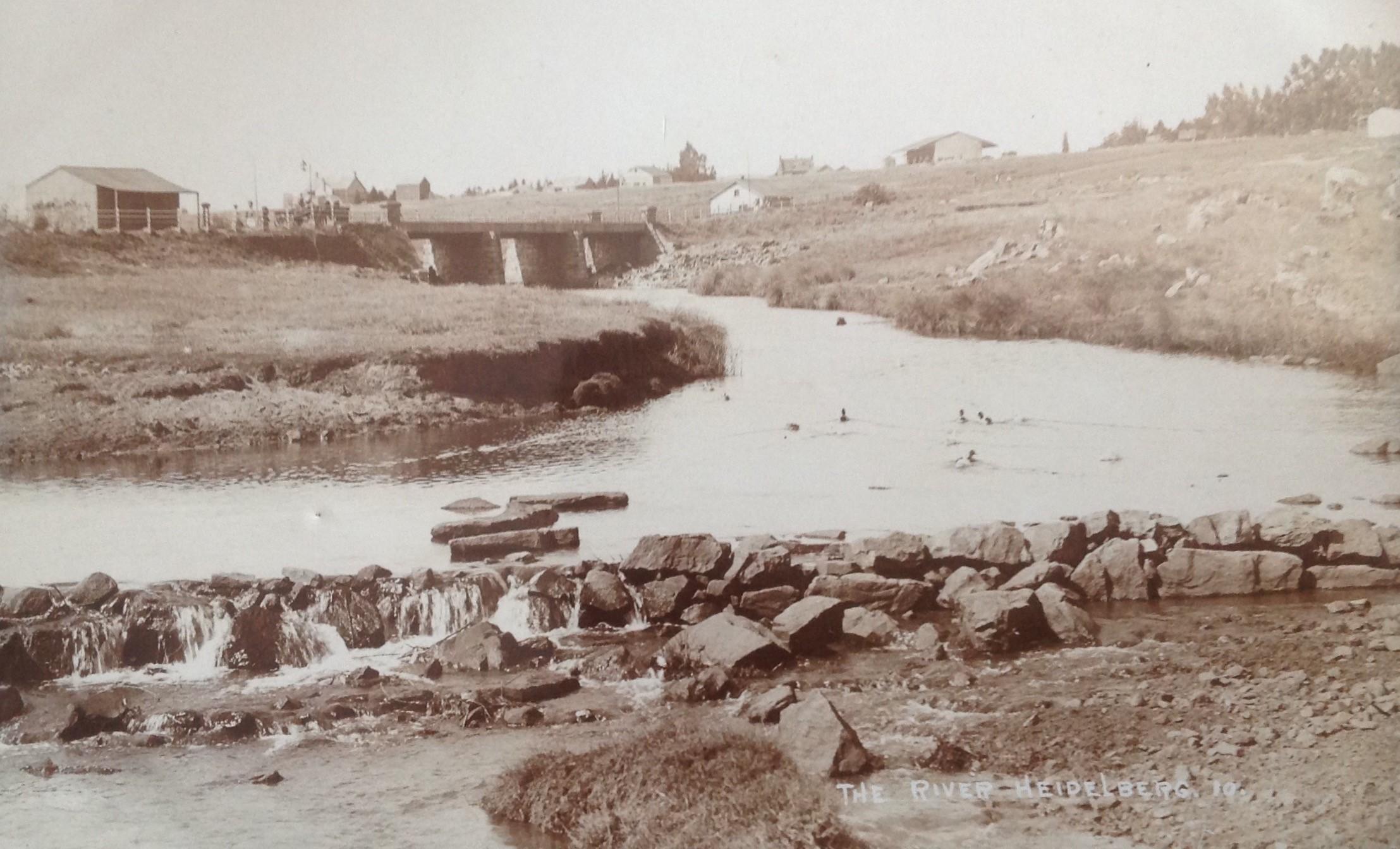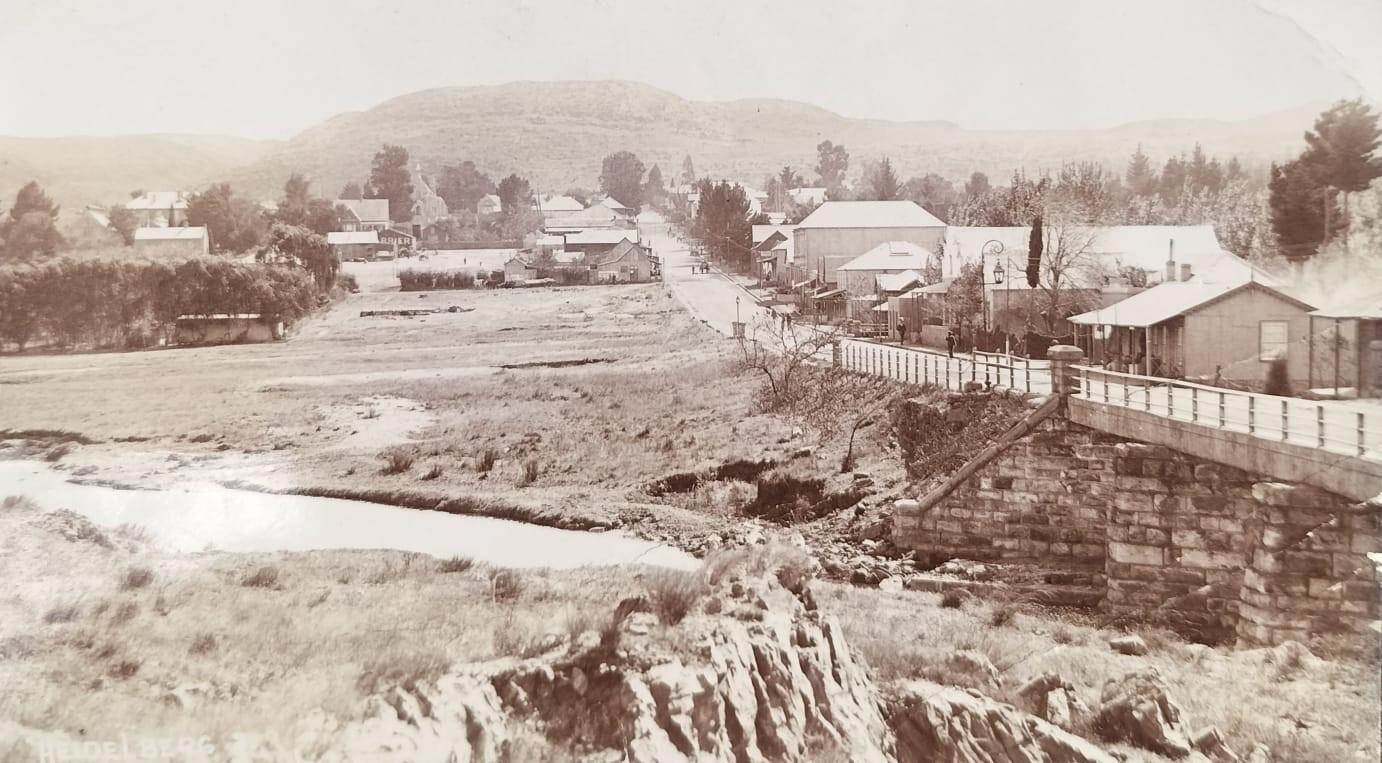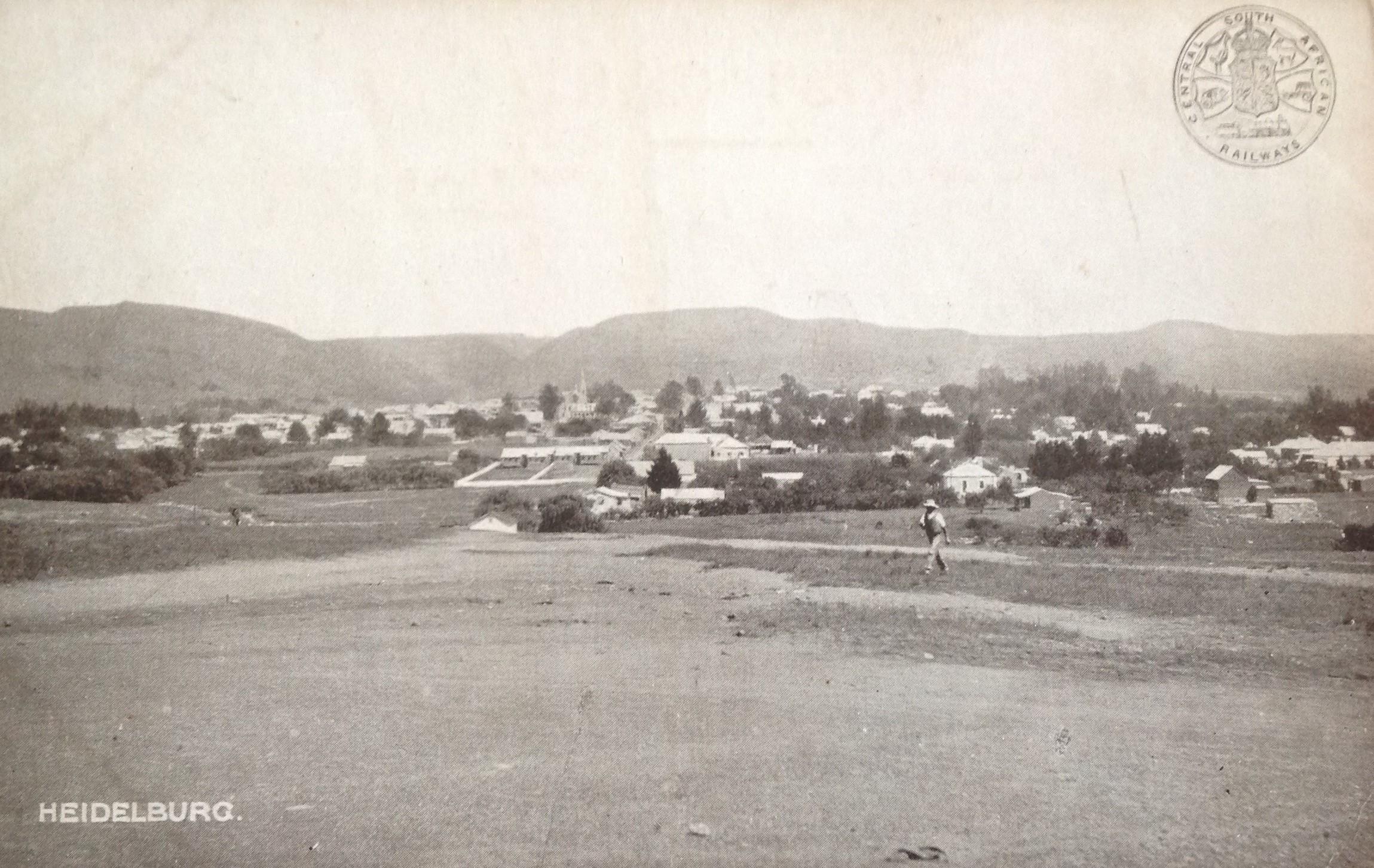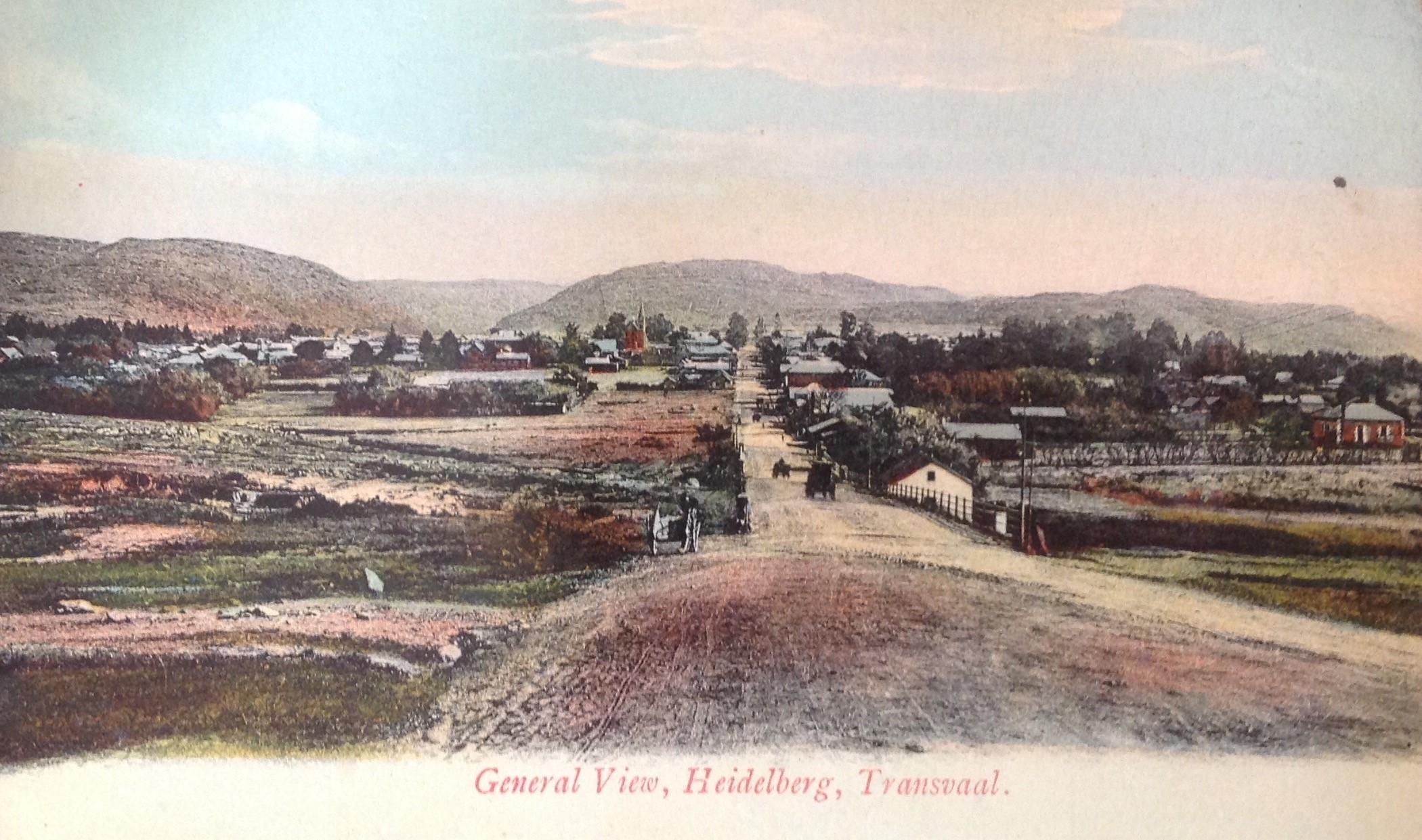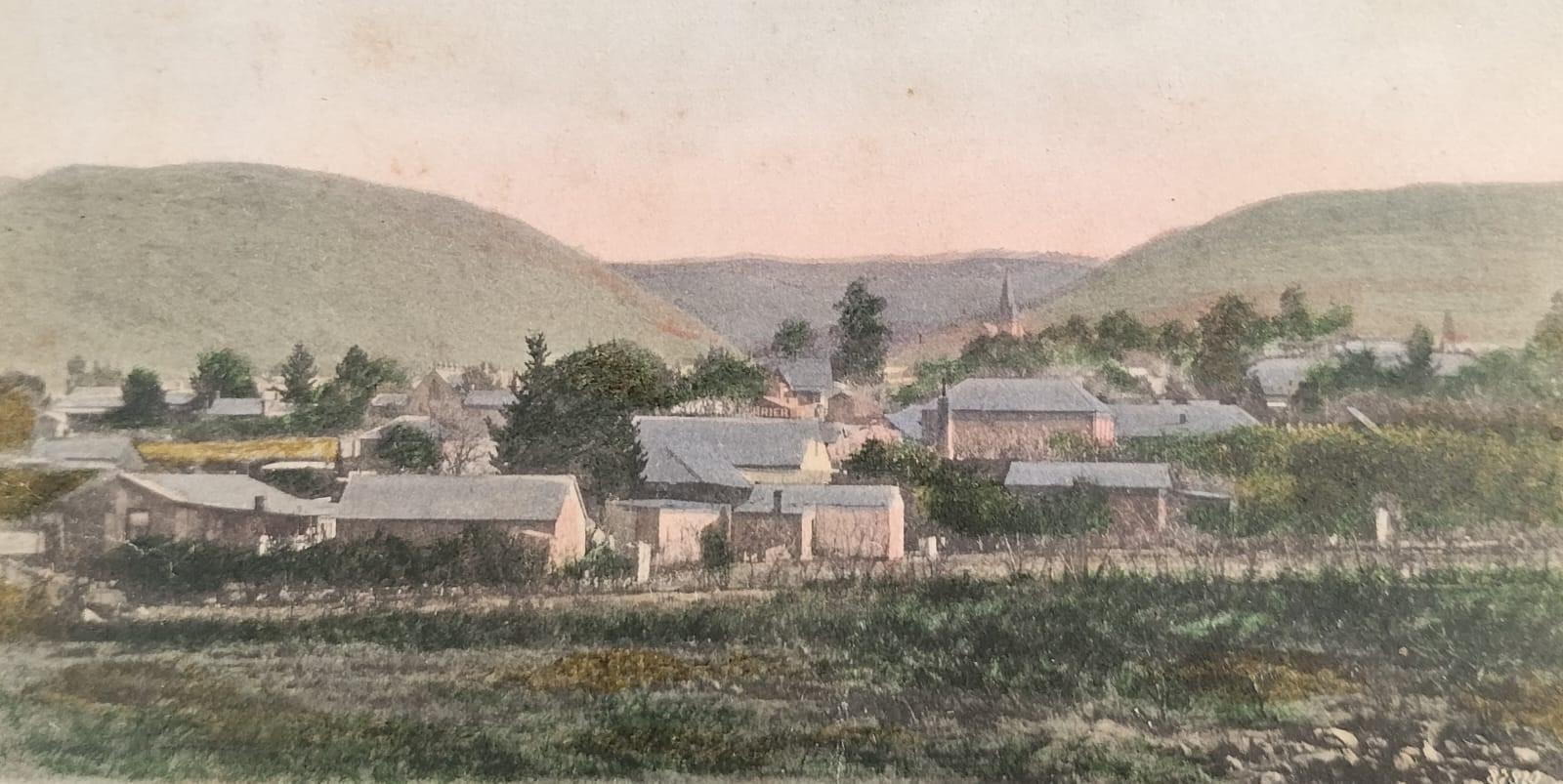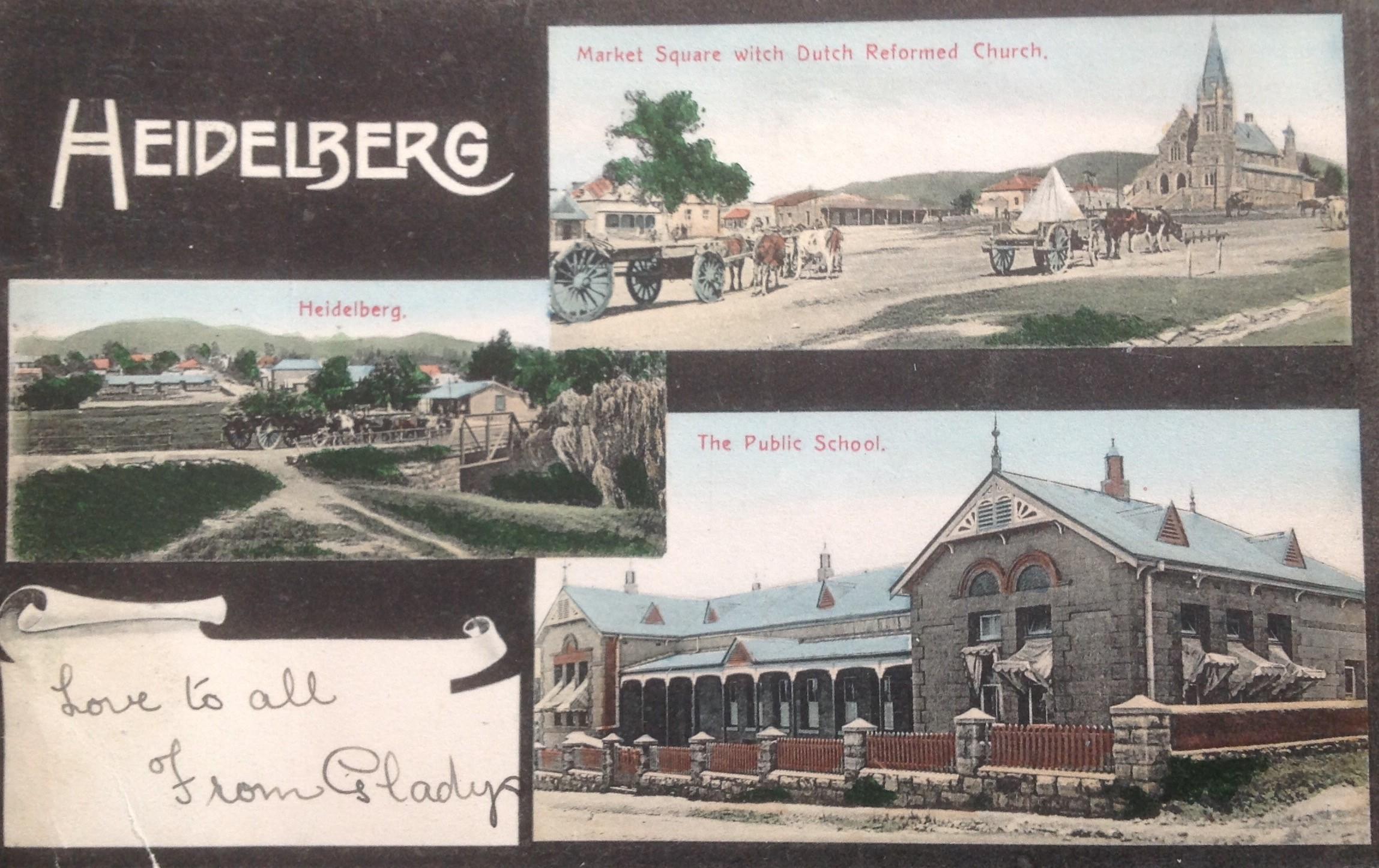
Disclaimer: Any views expressed by individuals and organisations are their own and do not in any way represent the views of The Heritage Portal. If you find any mistakes or historical inaccuracies, please contact the editor.
I describe myself as a South African photo historian, but at the same time, also an avid deltiologist. So what does that mean?
These two concepts are closely intertwined in that historical photographs and deltiology share a common interest in their visual representation. Combined, they contribute to presenting a variety of valuable historical narratives.
Photographs are documentary and journalistic in nature. They provide us with records of events, people, and places, whereas deltiology relates to the study and collection of postcards. Deltiologists, in turn, collect postcards for their historical, cultural, and artistic value. These old postcards provide us with a most valuable visual reflection of our past.
Until very recently, postcards were the most popular form of communication, where the back of the card was used for written communication with the front of the card presenting a visual narrative of some sort. Various social media platforms, in use today, have replaced the postcard as a communication tool.
The relationship between photography and deltiology therefore lies in the fact that postcards often feature photographs as their primary visual theme. However, not all postcards originate from photographs in that many postcards are also artistic creations.
In the early days of postcards, before colour photography became prevalent, most postcards were black and white or sepia-toned photographs. Colour postcards from before a certain era were all hand-coloured – like all the coloured postcards included in this article.
Early photographs used in publishing postcards were mainly topographical, showing street or general scenes, landmarks, and buildings. Everyday life and events were also portrayed through these postcards.
View down Market Street looking south (Voortrekker Street today). On the one corner stands the Grand Hotel (left) and across the road (Jacob Street) behind the man are the merchants Brown & Co. The hotel was originally known as the President Hotel. Swiss-born August Blaettler was the photographer. The card was posted to Scotland on 9 July 1906. The small black cross applied on the card by the sender probably indicates where he resided.
Ueckermann Street, looking south, showing the Telegraph Office. This was the street of the Banks. The first small building, with the gables, housed the National Bank at one point. The double-storey building is the Standard Bank building and next to that the Natal Building (the last building with the top gable). Postcard published by Harry Noel Fisher.
View from Heidelberg Market Square onto buildings on Ueckermann Street. The building on the far right is The National Bank of South Africa followed by the shop of the general merchant J. Reichenberg. The first double-storey building is the Standard Bank building which was constructed in 1886 and still stands today. On the left of the Standard Bank Building is The Natal Bank branch. The photographer of this unused card was Swiss-born August Blaettler. The publisher is unknown (circa 1900).
Heidelberg shops in Market Street (Voortrekker Street today) from across the Market Square. The first shop on the left is Ellis & Mitchell Tailors. The brown complex is the Grand Hotel with shops underneath, one being the Central News Agency. The white building on the right, across Jacob Road, belongs to Brown & Co.
Historical photography, therefore, plays a pivotal role in deltiology in that photographers were ultimately responsible for capturing the images contained on postcards. They captured scenes of interest, developed the photograph, and then either published the postcards themselves or collaborated with publishers to produce postcards for mass sales. Sadly, in the majority of instances, the photographers are unknown. Finding publisher details on the cards is more common. Some prolific publishers may even have hired photographers with the aim of capturing a broad spectrum of photographs to be reproduced in postcard format.
The fact remains, photographers significantly contributed to the visual content and historical documentation that deltiologists like me find of value today.
In short, the relationship between photography and deltiology allows for the preservation of our visual history.
Any South African postcard in photo format automatically qualifies for inclusion in the Hardijzer Photographic Research Collection (HPRC) in that the photographs assist with broader research.
In Europe, many publications, relying on the photographic picture postcard, have been published to capture the photographic history of particular towns.
This has also partly been achieved in South Africa with the publication of such books on Johannesburg, Durban, and Kimberley.
These publications provide us with a glimpse into what our towns looked like more than one hundred years ago. In some instances, buildings have survived the onslaught of development and are possibly still in use or have been preserved for posterity.
This article reflects on the visual history of the town of Heidelberg (Gauteng) as photographed and portrayed in photographic postcard format between 1900 and 1915. This is Heidelberg in Gauteng (old Transvaal). Heidelberg in the Western Cape had much earlier beginnings.
While much has been published on the history of Heidelberg, a brief overview in support of the visual historical narrative is provided below.
Police Barracks on Market Street (Voortrekker Street today) came into use shortly after the Anglo-Boer War. The Transvaal Hotel used to be located on the spot before the barracks were built. The existing police station, built on this same premises, received a blue plaque status in 2022. The postcard was published by HN Fisher (circa 1905). Although the card did not go through the postal system, on the back it is written: “…the force that is afraid of losing 600 men because of the rotten service conditions.
The Heidelberg Post and Telegraph offices on the corner of Ueckermann Street and Church Street (HF Verwoerd Street today). The building on the far right is the postmaster’s residence. On the back of the unposted postcard, the author writes: “The telephone exchange is the second window along the front with a 100-line board….the postmaster is called Old sticks for he stumps around the office with the aid of a walking stick”. The complex was built in 1897 and demolished in 1940. The card was published by Harry Noel Fisher.
The Heidelberg railway station from the front. The architect was V von Lissa linked to Nederlandsche Zuid Afrikaanse Spoorweg Maatschappij (NZASM). The rail engineer H Westenburg laid the cornerstone on 24 September 1894. The construction of this building was completed in 1896. In 1961, the track was changed and a new station was erected some distance from this building. The building on the far right is described as a merchant store on the back of the card. The publisher was Harry Noel Fisher (circa 1910).
A brief history of Heidelberg
Heidelberg lies at the foothills of the Suikerbosrand, a ridge that also features the Suikerbosrand Nature Reserve. Before colonisation and the Basotho wars, the area was once the kraal of the Bakwena.
Heidelberg is one of the older towns in the Transvaal province, with significant architecture and a rich history. This historic town (in a South African context) is situated some 75 kilometres southeast of Johannesburg and expanded between 1890 and 1910 following the discovery of gold on the Witwatersrand gold reef in 1885. The Mining Commissioner’s office was also soon established in town.
Heidelberg developed as a typical rural Victorian town. Many buildings dating back to the period between 1890 and 1910 have been preserved, including the home of A.G. Visser, a well-loved medical practitioner and famous Afrikaans poet. Other historical landmarks in the town include the old jail, the original railway station, and the Klipkerk (Dutch Reformed Church). A monument in memory of Boer women and children (black and white) who died in British-built concentration camps during the second Anglo-Boer War has also been erected.
A number of buildings in Heidelberg, such as the Dutch Reformed Church, the Volkskool, and the railway station have been declared heritage sites.
Real Photographic Post Card (RPPC) showing morning market activity on the Heidelberg Market Square. On the right, the steps to the Dutch Reformed Church can be seen. The structure in the middle of the image seems to be the temporary location of the church bell after the collapse of the church tower in 1909. The church tower was reconstructed again in 1911. This SAPSCO card was posted on 16 January 1913.
View from the Heidelberg Market Square onto the Dutch Reformed Church which was inaugurated on 12 April 1890 by General Joubert. In the background, the Suikerbosrand can be seen. The second building on the left is the Heidelberg Magistrate Court. Note the number of tents set up around the church. This image was probably taken a day or two before, or shortly after the quarterly Nachtmaal held at the church. The card was published by Braune & Levy (No 1654) and was posted to England on 15 April 1907.
A SAPSCO card (South African Photo and Stereo Company) showing the Dutch Reformed Church without its tower (circa 1910). The tower collapsed in 1909 and was reconstructed again by 1911. Left of the lamp pole, the original magistrate court can be seen. The card was posted to Langlaagte on 2 January 1911.
Heidelberg’s imposing Dutch Reformed Church was inaugurated on 12 April 1890 by General Joubert. The original, smaller church, initially stood just to the right of this building. The architects were Briston and Seale and the builder was J.B.Kirton. Unused card published by HN Fisher.
Heidelberg had its origins in the early 1860s, after a trading station was built on the farm Langlaagte by the German, Heinrick Julius Christian Ueckermann. The town is named after Ueckermann’s German university town, with the initial development of the town taking place around Ueckermann’s store.
Having been laid out as a church place in 1865, the district of Heidelberg was proclaimed in 1866.
Sandeman, an early traveller, had the following uncomplimentary comment to make about Heidelburg (his spelling) in 1877:
Looking down on the village from a mile or two away, it has all the appearance of a pretty, old-fashioned German hamlet, but a closer inspection showed it to be a decidedly dirty and unpicturesque little place.
Although a small town at the time, it briefly functioned as a seat of government of the Zuid Afrikaanse Republiek in 1880-81. Heidelberg was selected because it had no British troops stationed there, thus the Republic could be re-proclaimed without interference from the military. The town rose to fame on 16 December 1880 (Dingaan’s Day), when the Boers (Dutch-speaking farmers) raised their flag in town in defiance of British authority − the same day the first Anglo-Boer War began.
Heidelberg became a municipality in 1903.
A blockhouse of unknown location near Heidelberg. From the image, it is clear that the blockhouse was elevated in that it stood on top of a hill with a wall built around it. Circular patterned blockhouses, such as this one, were designed by Major Spring R. Rice, of the 23rd (Field) Company, Royal Engineers, and manufactured in kit form at Royal Engineer factories in Middelburg (Transvaal), Bloemfontein, Cape Town, and other centres, and then sent by train to the station nearest to their final site and delivered to site by ox wagon. This blockhouse can already be seen without its roof. This card numbered 1032, was posted on 9 January 1912 and was published by RO Füsslein.
The Heidelberg Government School. During the Anglo-Boer War, the building was used as a hostel for British soldiers. English was the medium of instruction at this school. On the back of the card, it is stated the classes are a bit small. Card published by Harry Noel Fisher.
A Real Photographic Picture Postcard (RPPC) showing one of three old school hostels, the Transvalia. This building, owned by the Dutch Reformed Church, was built in 1912 by Johannes Stephanus Joubert. The architect was Wynand Louw. Joubert also built the other two hostels, Concordia (1913) and Excelsior (1923). The municipal library arose where the Transvalia once stood.
Heidelberg Volk School (a Primary School). In 1903, the school started off in the basement of the Dutch Reformed Church, also referred to as the Klipkerk. This new school, built by Johannes Stephanus Joubert, was completed in 1907. Schalk Burger laid the cornerstone on 27 October 1906. On the back of the card, it is written: “The Yongs (sic) attending this school are great boys…”. The card was published by Harry Noel Fisher (circa 1910).
Heinrick Julius Friedrich Christian Ueckermann (1812 – 1883)
Ueckermann arrived in South Africa in 1849. He disembarked in Durban and set up business in Pietermaritzburg. In April 1855, he married British-born Elizabeth Mason (1832 – 1910) in Pietermaritzburg. The couple had 13 children (another source suggests 14).
After the birth of their first son, they trekked extensively by ox-wagon into the interior, as far as the Soutpansberg. It was on this trek that their first daughter was born in 1856.
On a subsequent trek, Ueckermann got to the farm Langlaagte and decided that the location was ideal to establish a trading store, resulting in the end of the family’s wanderings.
He purchased a piece of land from local farmers to set up the trading store. This piece of land still exists as Stand No. 92 on the corner of Ueckermann and Kerk Street.
His business was successful, resulting in him becoming a respected citizen of the town. He also represented Heidelberg in the Volksraad (Parliament) and was a member of the executive board.
Ueckermann was business minded in that he not only had the trading store, but he also opened a chemist (which gave rise to the thought that he may have studied pharmacology in Germany). He is also recorded as being a building contractor. He was also a member and the secretary of the Nederduitsch Hervormde Kerk, and it was under his supervision that the first church was built in 1864-65.
Ueckermann Street, named after Heinrick, starts at the present-day roundabout next to Blesbok Spruit inclining to the Old Jail. It runs parallel to Voortrekker Street on both sides of the old market and church squares.
Not only did the square determine the location, scale, and proportions of the buildings to each other, but also the setting of the street. It is noticeable that most of the double-storey buildings are located on Ueckermann Street and it was therefore seen as the main trading centre.
Heidelberg photographers
The following photographers have been identified to date as having been active in Heidelberg between 1860 and 1915 and may have played a role in producing some of the images included in this article.
View of the Blesbok bridge, showing a pedestrian crossing just before the railway line bridge. Note the lamp pole. The four pedestrians are blurred due to their movement as they walked across the pedestrian bridge when this image was captured. This unposted card was published by Harry Noel Fisher (circa 1910).
On the outskirts of Heidelberg. Ox wagon crossing a bridge over the Blesbok River (built 1897). Card published by Harry Noel Fisher.
General view over Heidelberg from across the Blesbok River, showing Market Street (Voortrekker Street today). The Dutch Reformed Church tower is barely noticeable in the centre of the image. Suikerbosrand is visible in the background. The unused card was published by Sallo Epstein and Co.
A Real Photographic Post Card (RPPC) with ducks on the Blesbok River showing the road bridge linking the town and the railway station in the background. The unused card was published by SAPSCO (South African Photo and Stereo Company).
A SAPSCO postcard (circa 1910) taken from across the Blesbok River with Heidelberg town in the background with the bridge from the station and Market Street on the right.
Drieselmann Wilhelm Peter Franz (1861 – 1915)
Drieselmann was born in Hanover, Linden, Prussia in 1861. On 19 May 1884, he married Auguste Bernadina Pistorius in Heidelberg. The couple had 8 children: Johan Friedrich Wilhelm Theodor, Getruida Catharina, Erwine Magdalena, Irene, Violet, Erina Agnes, Eleonora & Friedrich.
The Drieselmann studio was based on Market Square between 1889 and 1899.
Drieselmann passed away in Heidelberg on 7 August 1915, at the early age of 54. While photographs by him carry the initials FW, his death certificate confirms that he was a photographer at the time of his death.
The publisher of the majority of the cards included in this article was Harry Noel Fisher. British-born Fisher happens to have been the son-in-law to Drieselmann. Fisher married Getruida Catharina Drieselmann on 8 June 1910, in Heidelberg. Fisher is also recorded as having been a hairdresser. It is therefore deduced that Drieselmann took the photographs and Fisher had them published.
Two other photographers who were based in town were:
- August Blaettler (1877 – 1948). Swiss-born Blaettler passed away in Pretoria, where he also ran a photographic establishment. It is not known exactly when, or for how long he was based in Heidelberg;
- Robinson Christiaan Engelstoft Nissen (1865 – 1955). The British-born Nissen was based in Heidelberg between 1893 and 1898.
General view of Heidelberg. Note the incorrect spelling. This photo was captured by a Central South African Railway Publicity Department photographer and subsequently published in postcard format. The quality of this image does not match the quality of cards produced on Heidelberg by other publishers.
Heidelberg from the railway station looking up Market Street (Voortrekker Street today) showing Dutch Reformed Church with the Suikerbosrand as a backdrop. The card was published by Harry Noel Fisher.
Early hand-coloured picture postcard of Heidelberg town (circa 1905) from a slightly different angle. Publisher and photographer unknown.
Closing
The collection of postcards depicting Heidelberg is by no means a complete representation of photographs depicting the town that were converted to postcards at the time.
A gap in the images presented here are postcards of other church buildings in town, the Normal College (built in 1911), the old jail (built in 1888) or even the two unique homesteads, namely the Old Drostdy (magistrate residence built in 1903) or De Rust (built around 1906). In time, I am hoping to find some of these (and other) cards to expand on Heidelberg’s earlier visual representation.
Considering the vast number of South African-themed cards produced between 1900 and 1925, it is not possible to collect them all. Many collectors select specific themes.
Examples of such themes vary between ethnicity, bridges, railway stations, trams, post offices, market places, and specific towns.
The next article in this series, relying purely on picture postcards similar to those included in this article, will be on the town of Standerton which was established in 1876.
One of my most challenging deltiology themes is that of water wheels in South Africa. To date, the collection only consists of 5 such examples.
Also see the article on South African ethno-photography and the picture postcard (click here to view).
About the author: Carol is passionate about South African Photographica – anything and everything to do with the history of photography. He not only collects anything relating to photography, but also extensively conducts research in this field. He has published a variety of articles on this topic and assisted a publisher and fellow researchers in the field. Of particular interest to Carol are historical South African photographs. He is conducting research on South African based photographers from before 1910. Carol has one of the largest private photographic collections in South Africa.
Sources
- Müller, H. (nd). Heidelberg. (www.ruralexploration.co.za)
- Unknown (extracted 5 June 2023). About the reserve. (www.friendsofsuikerbosrand.co.za)
- Unknown (extracted 5 June 2023) Heidelberg history leaflet (www.heritagechroniclesa.org)
- Unknown (extracted 5 June 2023). Old Heidelberg station heritage day relived. (https://heidelbergheritage.co.za)
- van den Berg, J. (2009). The evolution of the blockhouse system in South Africa (www.theheritageportal.co.za)
- van Staden, N. (2022). Heidelberg Police station gets blue plaque status. (https://heidelbergnigelheraut.co.za)
- Wikipedia (extracted 5 June 2023). Heidelberg, Gauteng. (https://en.wikipedia.org)
Comments will load below. If for any reason none appear click here for some troubleshooting tips. If you would like to post a comment and need instructions click here.

